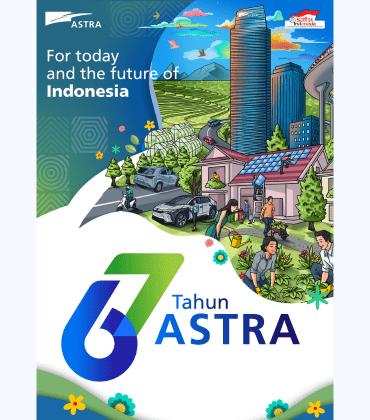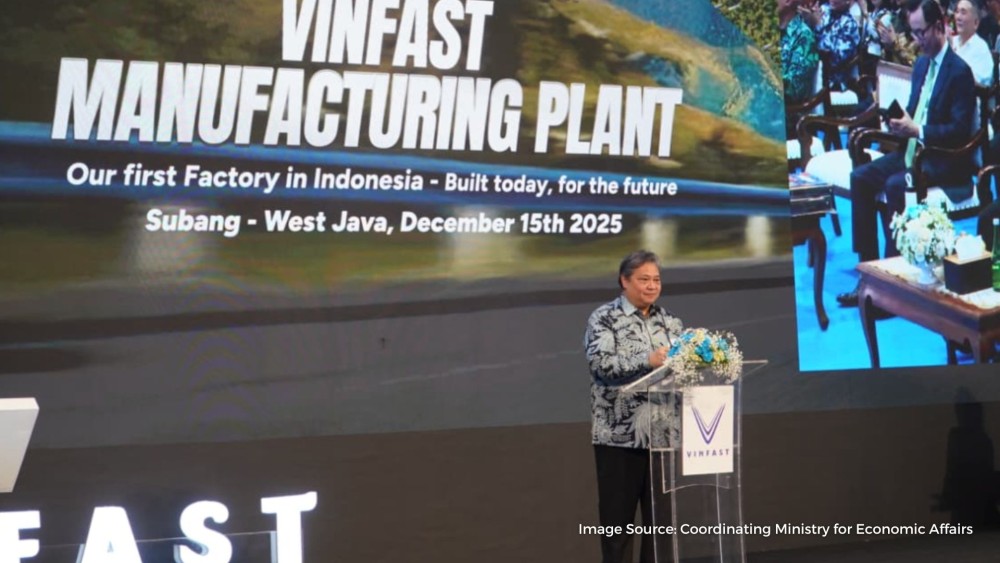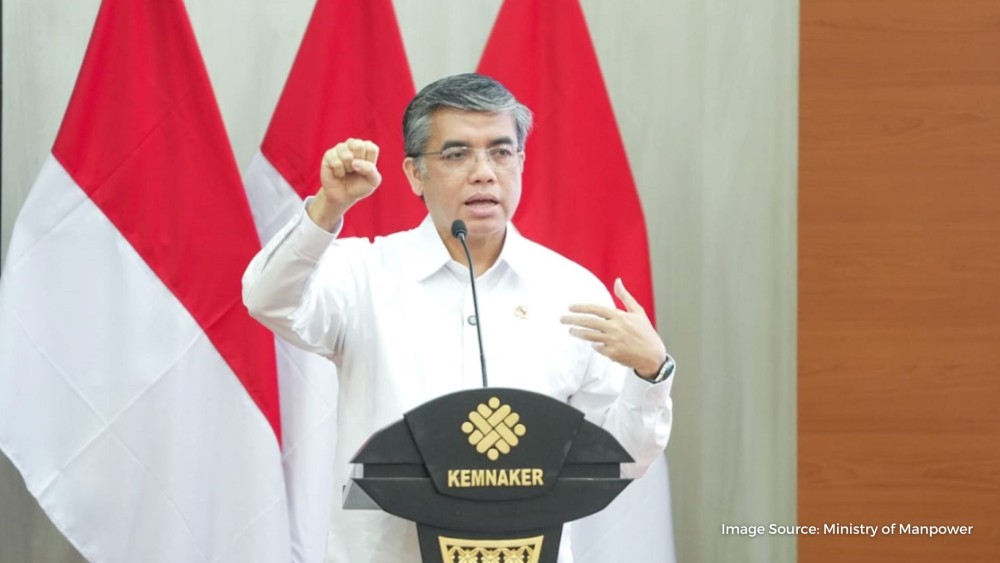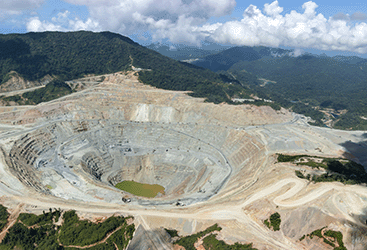Compared to other energy carriers – such as coal, oil, and natural gas – green hydrogen stands out as it is considered not only more sustainable but also more efficient. Green hydrogen is a clean-burning fuel that has the highest energy content by weight among the aforementioned options. Therefore, it would play a strategic role in accelerating the transition to clean energy and achieving a sustainable economy.
As the most basic element on Earth, hydrogen is made up of a proton and an electron. Hydrogen can be used as an energy carrier that would generate electricity, power, and heat. It is an odorless and colorless gas, yet there are nine color codes used to identify the type of hydrogen. Each of these colors distinguishes the fuel, production process, and hydrogen by-products.
Green hydrogen, one of the types of hydrogen, is produced through an electrolysis process by using renewable electricity to split water into hydrogen and oxygen. Considering the source of energy and production process, green hydrogen stands as the cleanest and safest option among other types. It can be produced at large central plants, medium-sized semi-central plants, or even small-dispersed units like refueling stations and permanent power stations close to the point of end-use. This gives decision-makers more wiggle room in sizing their hydrogen production facility within the concept of eco-industrial parks based on demand patterns from various downstream sectors (i.e. industry, urban transportation, shipping fuel, or global energy trading).
Based on projections, global green hydrogen production would grow at a compound annual growth rate (CAGR) of 57 percent between 2019 and 2030, from 40,000 tons to 5.7 million tons, offering clean solutions across the global power sector.
By 2050, hydrogen can meet up to 18% of the global energy demand and contribute to:
- Avoiding 6 Gt of carbon dioxide annually
- Generating a market of US$2.5 trillion annually
- Creating up to 30 million jobs
While Indonesia is still at a very nascent stage of green hydrogen development, other countries have already taken more advanced steps. By the end of 2021, at least 17 governments – including France, Germany, Japan, South Korea, and the UK – have already published their national hydrogen strategies.
The German National Hydrogen Strategy that was published in 2020, for instance, has set clear goals and ambitions, as well as fields of actions, stakeholders, and project funding. The country aims to establish up to 5 GW of generation capacity by 2030, with an increase of 5 GW capacity to be added before 2040. The plan’s implementation and development are well-structured under the cooperation between the federal and state-level government. Furthermore, Germany also pushes collaborations with the European Union and global partners.
As the energy of the future, green hydrogen would contribute not only to a successful energy transition worldwide, but also to the various sectors’ successful structural transformation and Indonesia’s economic growth.
Amidst intensified efforts to switch to environmentally friendly energy reserves, Indonesia’s renewable energy potential remains untapped, with only a 12% share of the energy mix. Reasons for this slow development lie in several factors.
Indonesia is an archipelagic country, with different levels of economic development in each island. Currently, most industrial activities, hence energy demand, are located on the island of Java. For example, Java currently contributes to 60% of the national GDP and 80% of the national energy demand. Therefore, it is expected that future demand for green hydrogen will mainly come from Java. However, the best locations for renewable energy generation are not always in Java. For example, the area with the highest solar power potential is East Nusa Tenggara, where the average capacity factor per year could reach 18%. Meanwhile, in Java, the capacity factor in most areas is closer to 15-16%. Similarly, for onshore wind, the best potentials are located in South Sulawesi and East Nusa Tenggara.
Furthermore, despite Indonesia's massive potential for renewable energy generation, regulatory frameworks and supporting legislations to speed up the energy transition in Indonesia are still limited. However, there are already interests shown by stakeholders, both from the public and private sectors.
According to the 2020 Climate Transparency Report, the industry sector contributed the most to energy-related GHG emissions in Indonesia. It accounted for 37% out of 581 MtCO2 in 2019, followed by the transport sector, as well as the electricity and heat generation sector with 27% each. Growing concerns about climate change and the need to decarbonize the industrial, commercial, transport, and power sectors have forced countries around the world to reduce their dependence on non-renewable sources of energy and increase investment across low-carbon technology alternatives.
Green hydrogen will be the main pillar of industrial decarbonization in the country because the industrial sector is the first and main target for accelerating the energy transition. The National Research and Innovation Agency (BRIN) has carried out the development of the PEM (polymer electrolyte membrane) electrolysis and fuel cell technology since 2011. Furthermore, the Ministry of Energy and Mineral Resources (MEMR) and the National Energy Council (DEN) are currently developing a roadmap for the energy transition towards carbon neutrality. This includes hydrogen utilization for storage in the power sector, among other things. The roadmap would also describe the country’s plan to start its green hydrogen development in 2030 and its rapid increase beyond 2050.
The MEMR and DEN have incorporated hydrogen utilization in their unofficial net-zero roadmaps. Some private and state-owned companies have initiated or declared interest in green hydrogen projects. While there is vast renewables potential in Indonesia, particularly solar and wind energy, the resource is not very concentrated in most locations. This results in a rather low-capacity factor – hence the high production cost of hydrogen. However, declining costs of both renewable energy and electrolyzer technologies could bring green hydrogen costs down in the long term to around USD 2-3/kg. Considering its geographical conditions where the demand and supply of hydrogen might be located on different islands, Indonesia needs to strategically plan its hydrogen transmission and distribution infrastructure to minimize additional costs for hydrogen transportation.
MARKET ENTRY RECOMMENDATIONS
-
Market opportunities will generally depend on the type of company in question.
-
For technology suppliers of electrolyzer and fuel cell makers (or any other equipment suppliers), engagement with local stakeholders might be generally easier, although somewhat limited. Opportunities include involvement in ongoing project development and engagement with state-owned PLN, Pertamina or Pupuk Indonesia, which have shown interest in green hydrogen development.
-
For project developers, particularly those involved in green hydrogen production, engagement might look very similar to that of technology suppliers. However, project developers might need extra work to set up a business by exploring business opportunities on the ground. While it may not be easy, engagement with, particularly, the investment ministry (or BKPM) and MEMR would be worthwhile.
-
From a financing perspective, financing is generally not an issue since there is a wide range of financing options available from multilateral development banks to commercial banks and climate funds/grants. The challenge might be more on setting up a project, which may take some time given the market’s early development stage.
Hydrogen Business Desk (HBD) – a platform developed by EKONID – provides comprehensive information on the topic of green hydrogen in Indonesia, especially current research and industry activities, as well as government plans and related stakeholders. Contact hydrogen@ekonid.id or +62 21 5098 5800 to find out more about HBD services.
Business Sectors






